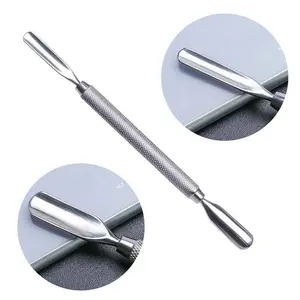

China Sunshine 2 Inch 3 Inches Carbon Steel Electro Galvanized Black Cement Wire Nails Concrete Nails

Concrete Nails YOU-ONE Fastening Systems Plastic Sheet Collated Concrete Coil Nails Used For High Pressure Nailing Systems























Nail scrap, a common byproduct in the construction and manufacturing industries, consists of residual pieces and fragments of nails that are left over from various processes. This category encompasses a range of materials, including offcuts and defective nail pieces that are unsuitable for their intended primary use but can be repurposed or recycled.
The types of nail scrap vary, originating from different production stages or sourced from disassembly and renovation projects. Scrap nails can be classified based on their metal composition, such as iron, steel, or copper, and further distinguished by their specific characteristics like galvanized or non-galvanized surfaces.
Despite being considered waste, scrap nails have practical applications. They are often collected and processed for recycling, contributing to the raw material supply chain for metal production. Additionally, creative and industrial repurposing includes using them in art installations or as a raw material in the manufacturing of metal-based products.
The features of nail scrap are influenced by their material composition. Most scrap nails are made of durable metals, which ensures that they can be melted down and reused without significant degradation of their properties. The resilience of these materials makes nail scrap a valuable resource for recycling and repurposing efforts.
Utilizing nail scrap offers environmental benefits by reducing the need for virgin material extraction. The recycling of scrap nails conserves energy and resources, and minimizes landfill waste. For businesses in the construction and manufacturing sectors, selling nail scrap can also translate into an additional stream of revenue.
The sustainability aspect of nail scrap is significant. By diverting these materials from landfills and reintroducing them into the production cycle, the environmental impact of waste is mitigated. This practice supports the principles of a circular economy, where materials are kept in use for as long as possible.